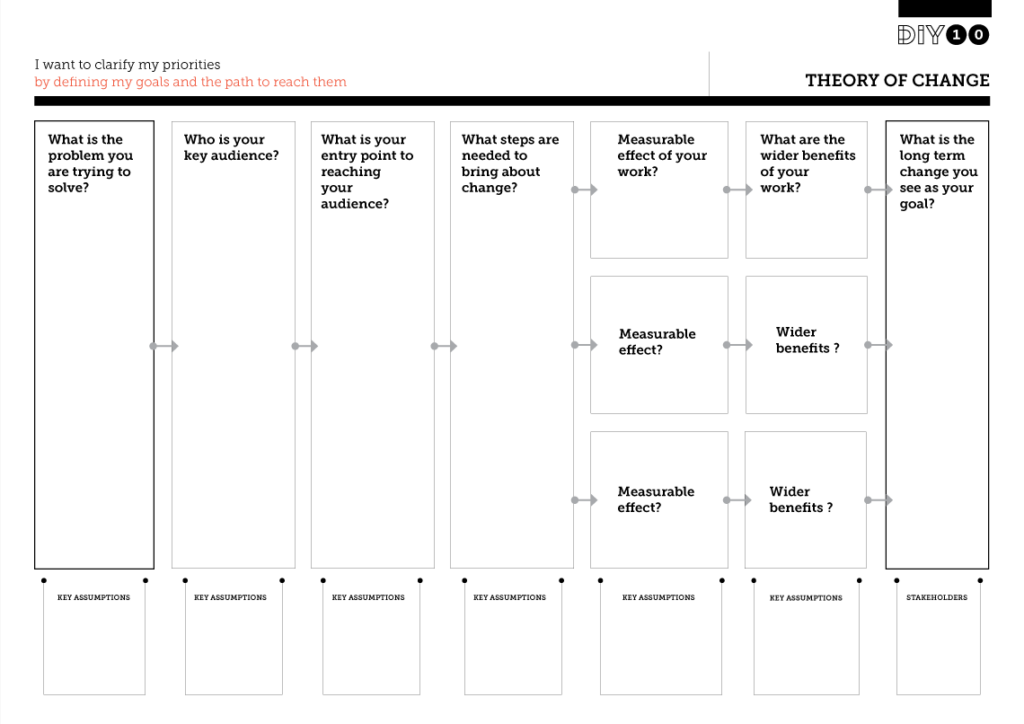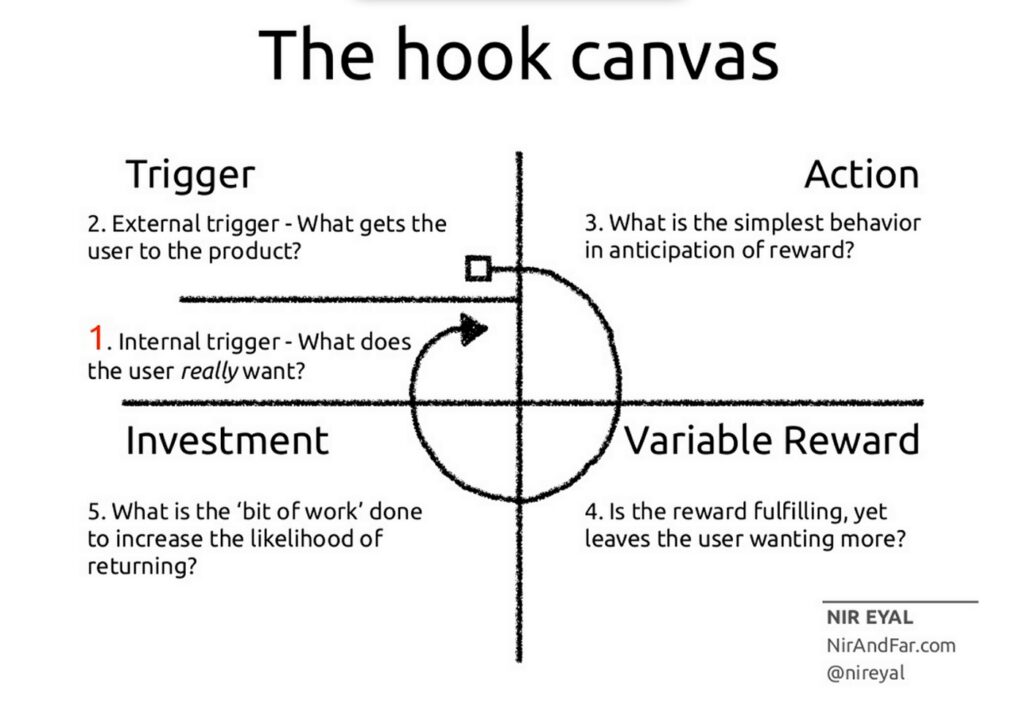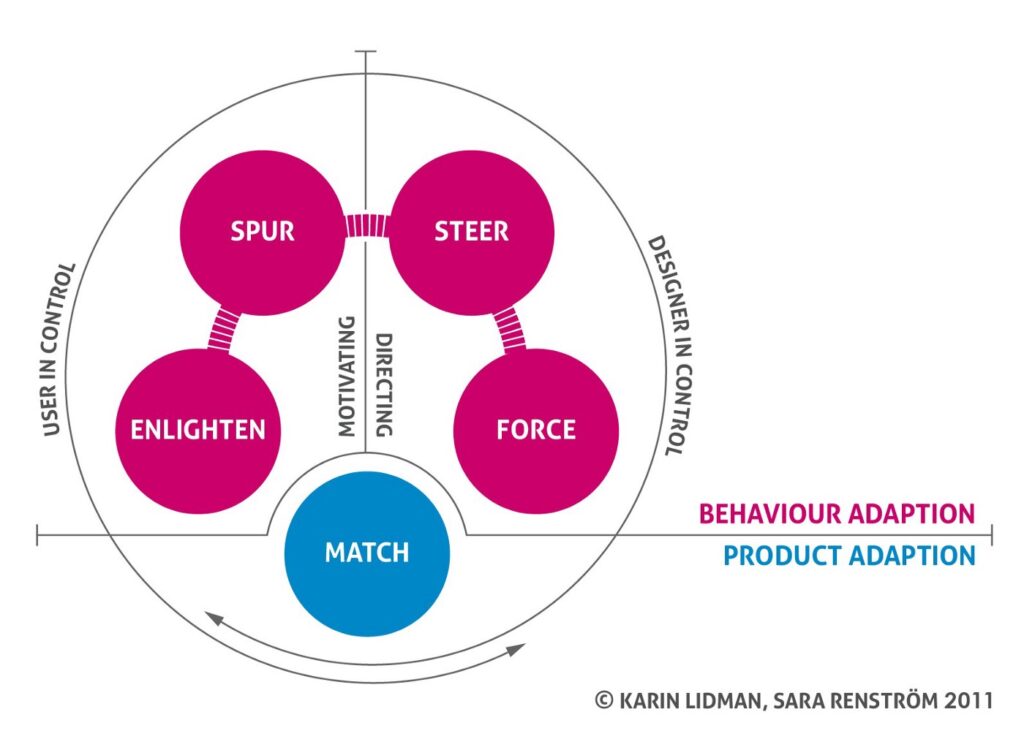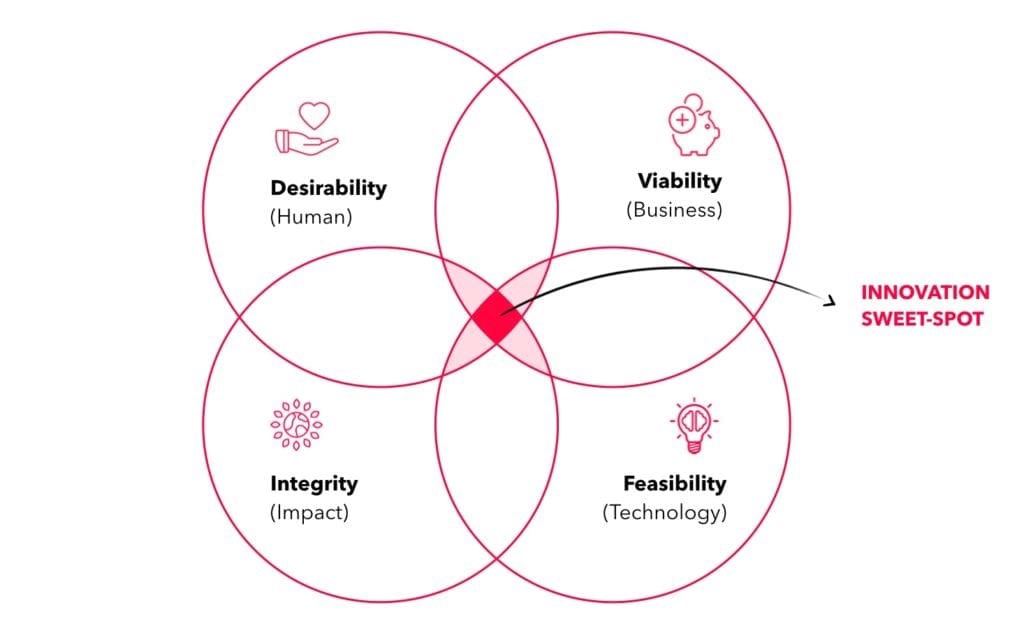Sustainability is circular – can’t be solved in just one aspect.
“Our homework for sustainability issues in Indonesia is in abundance, and still a long way to go – Indonesia Circular Economy Forum (ICEF) is an effort tp ignite the collaborative movement.“
That was what Ka Sano said 2 weeks ago – in the context of preparing Greenernation’s event, ICEF – in which the zero plastic waste venture I currently build, QYOS is part of it. This one chat bubble somewhat triggers something that’s been buried deep in my head: the reason I took this big leap of my career path into choosing the impact industry.
RELEVANT SUSTAINABLE GOALS


Sustainability is circular — can’t be solved in just one aspect, I want to contribute my tiny bit in the development, as a designer.
That was what I told myself while writing my bachelor thesis in 2018. This July marks the 3 years of my bachelor thesis defense, which marks also 3 years I am in the impact industry. I myself still have a lot of homework — still, relatively a newbie in this world and is far from being an expert, but thought I wanted to write down some of my learnings and findings as a reflection— especially from being too blessed to be able to learn from the inspiring individuals and initiatives that I came across along the way.
As I’m currently a venture builder at Zero Waste Living Lab, Enviu — I will write down my findings in the language of Enviu’s unofficial employee handbook: Eric Ries’ lean startup stages.
1. Problem/Solution Fit : Owning the problem by going beyond customer centricity – it’s human & impact centric business.
Phrasing from the Global Impact Investing Network, impact venture is defined as the organization/entity that made with the intention to generate positive, measurable social and environmental impact alongside a financial profit. The core question in determining the solution that a venture is pursuing, would be: is the social/environmental impact made is something that the user really need? Do we really understand the problem that the users’ are facing?
To answer this, owning the user’s problem would be priority number 1 — we need to remind ourself to design the solution with the customer from their pain points to generate the impact that fits with their context. It’s a collaborative process — not a customer & company relationship, but both entwined. What would be the customer’s role, and what the business role would be — to pursue the same north star. (giving credit to Ecoxyztem where I learn this approach!)
Speaking about role, there’s a phenomenon that any designer/engineer/problem solving practitioner would encounter, during the problem identification and solution ideation: “Messiah complex”. It is what Ka Fathan would describe as a state in which we are bound to the idea belief that they are destined to become a savior in neartime — that they will solve the user’s problem in instance. This is important to address as this palpable state might blind us into thinking that, everything must be solve in instance — result must be seen. It’s natural to encounter this as a lot of time we are chased by our KPI to do so. Thus, it is essential for us to reflect again and remeber that in solving issue be it environmental or societal issue in a grandier scale, the problem revolving them is most likely systematic — and thus sure does need more time & more thorough multiple approach of solving. One of the way I acknowledge to overcoming this Mesiah Complexis to acknowledge our own process, that we don’t have to save the world this instance. Our job is not to be the Messiah to the mother earth and mankind, but rather to acknowledge our part, and contribute in the ways that we can. I understand that this is a business learning, but that too — is implementing stoicism in your professional work.
Ok, we got our north star, the philosophical mindset to start… so now what?
People say it’s easy to dream but harder to implement. It is true, but does not mean it’s impossible. Impactful dream requires measurable action plan — this is what I learn from the Theory of Change approach. It is a framework to think about the goal and the problem first-hand and traceback on the measurable action plans to make that happen.

I was first introduced this methodology during my incubation by UNDP Indonesia’s Impact Aim, representing the first impact venture i help built, Tech Prom Lab. This framework giving Stephen Covey’s “Start with the end in mind” to a whole new perspective. Start with the end — yes, but in impact venture case, the same time start where the problem is — giving context is everything, in understanding the problem our business is trying to solve.
2. Product/market fit : Pursuing Habitual Change with behaviour engineering
“Being in a good market with a product that can satisfy that market.” is what Marc Anderssen describe to be a successful product market fit. That satisfaction can be measured with a lot of tangible (and intangible metric). But talking about impact venture, the market satisfaction needs to be sustainable — became a habit in the user’s decision in order to generate greater impact for the business, social and the environment. Remember that there are multiple aspects that we need to nurture here.
Nir Eyal defined habit as “behaviors done with little or no conscious thought”. Habit forming takes a lot of effort, time and resources, definitely — but we’re still a business, so everything should still be at the lowest cost possible to be efficient (a gentle reminder for myself, that dream big is nice, but count your budgeting first! is it doable?).
So instead of relying on expensive marketing, habit-forming companies link their services to the users’ daily routines and emotions.
Mark Manson wrote in his book that a person mind is divided into feeling brain and thinking brain — and in term of habit forming, an impact business needs to capture the feeling brain in how they communicate with their customer. Rationalizing the issue is always possible for a product to be accepted in the market, but making the product emotionally impacted the user — that’s the buying decision & word of mouth marketing holygrail.
2a. Understanding your role and your customer
This is the Design for Sustainable Behavior (DfSB) framework from Lidman and Renstrom (2011) — A wonderful paper I cited for my masters’ thesis that was highly inspired — and was greatly helped by Mitchell Jacobs of Studio Tast, a design research studio focusing on tangible solution for education, from when I was in the What if Lab programme.
Not only for designers, in this framework, businesses needs to acknowledge its role as the one who engineer the users’ behavior (as designer!) and when the user are too — in control of the decision. When a product touches these two major quadrants, it is most likely to be easier for a customer/user to adapt as there are both internal and external force that influence their decision to adapt the solution. Okay, now these are the things we benchmark to consider in building a product, now onto the next question,
how might we start to make the customer are chained to our solution?
2b. Igniting the fire inside of you (and your customer)
Just like any relationship, you must first appeal to customer and to get them familiar to our solution, we got to hook them. Understanding customer journey and getting in touch with all of the touch point is essential for them to be on board, but too keep them — the hooked framework from Nir Eyal’s book: Hooked, how to built habit forming products— is one of the tools that can literally get our customer to be hooked by our solution in order to pursue our joint north star together.

I was introduced with this framework just recently from Josua, my aspiring UX Designer friend that mentioned to me that in designing a product, you can’t just focus on how to make your use adapt and understand, you got to make them hooked — especially again, in impact, sustainable habits generate greater impact.
This aligns with the previous framework of DfSB — see where in “trigger” quadrant, it must have both internal and external trigger. The following quadrant of action, variable reward and investment is the follow up of the onboarding, keeping your customers engaged to the system. I feel like building this framework for your impact business solution is like telling a story, it must be interesting and emotionally bound to whoever listening — in this case, impact businesses must create a story line to keep the customers always engaged in each of the process to make them retain.
These theorem are one of the notable tools that I found to be profound to utilize in navigating the roadmap for any impact ventures — helping us be in context with the needs of the customers and impact we want to generate.
3. Growth Stage : Let’s Get Real, Scaling The impact !
All and all, in pursuing an impact business to be validated for growth — all of the quadrant of the innovation sweet-spot for your business to have must be on the checklist to be aligned with all the stakeholders’ heart: you as the business owner who walk the talk, the investors, the customers, and — in favor of social and environment development.
After 3 years of embarking my journey in this industry, my key learning is — back again to Ka Sano’s quote earlier from this essay — we can’t do this alone. Impact businesses should see each other not as competitor, but compelmenter to reach the aim of our more responsible world. Start from ourselves, what we can do. Step by step of the ladder, we will come accross others who pursue the same dream, collaborate — and keep in mind to always be in context, to the time, customers, environment, social, and our own capability.
At this point in the fight to solve the climate crisis there are only three questions remaining: Must we change? Can we change? Will we change? Good news to all of the questions above: a resounding “Yes!”
Al Gore
Dedicating this writing to my mom, Dewi Rahmah, who from when I was a child gave me the opportunity to dream to be whatever I want, but that whatever needs to be responsible and impactful, and to my dear sister, Afifah Bijaksana who had influenced me (from when I was born ofc) but mostly during my university time. She’s now the founder and CEO of a flood-tackling business at SolusiBanjir.id.
To everyone I have learned from, work with, and come across, It is a great honor to have my path crossing yours — thank you for your vision, hard work and all the inspiring effort. Let’s discuss more on impact venture and sustainable behavior studies, drop me a Hi! on my LinkedIn.!
This article was originally published in Medium on July 13, 2021. Republished with permission




